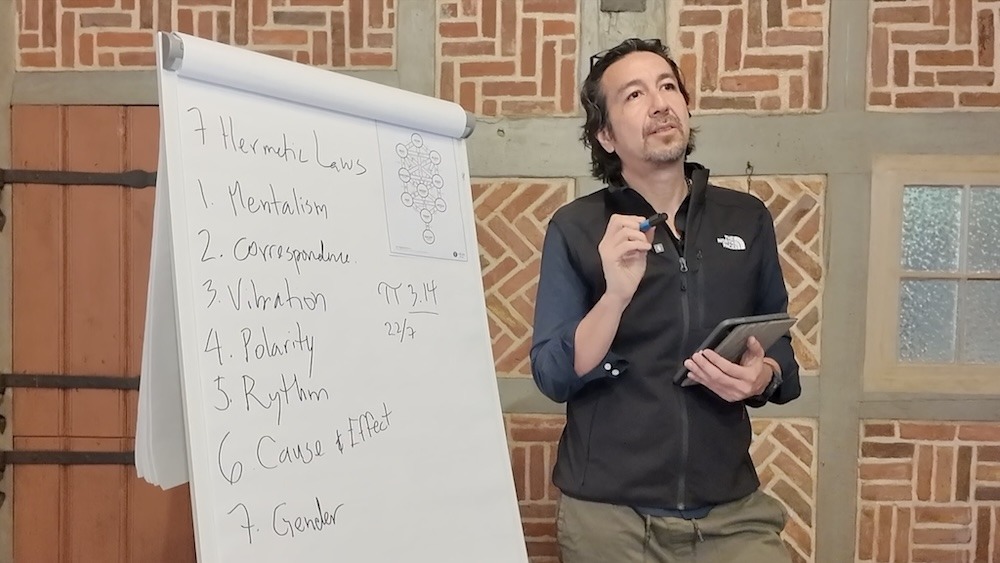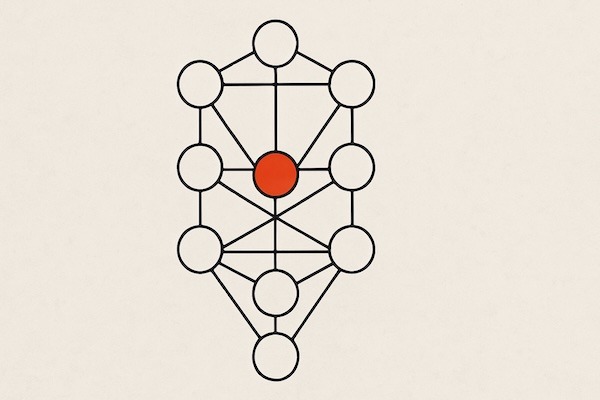Emotions are Impenetrable to Reason. The Only Way to Change an Emotion is with Another Emotion
Les Greenberg
Emotional reactions are learned through experience, and it is with new emotional experiences that they can be transformed.
Feeling the Emotions
How many times have we read or heard that we must control our emotions? As if they were strange creatures, alien to those rational or angelic beings that – for some, despite evidence to the contrary – we apparently are. During almost the entire 20th century, emotions were the great forgotten ones of psychology.
The science of mind and behavior seemed to conduct itself like people: since some emotions are painful and tend to overflow, leaving us overwhelmed, it is preferable not to recognize them, deny them, mask them, or, conversely, control them, so that the immaculate reason can scrutinize the world without interference.
But hiding emotions or holding them back as if they were a runaway horse not only doesn’t work: it worsens the situation. Like quicksand, the more we struggle against unpleasant emotions, the deeper we sink into them.
“You cannot leave a place if you haven’t arrived at it,” the Canadian psychologist Les Greenberg (Johannesburg, 1945) constantly repeats since he arrived in Madrid, invited by the Universidad Pontificia Comillas for a Conference on Emotions and Psychotherapy.
The place you cannot leave without having arrived is a painful or disturbing emotion. That is why Greenberg insists again and again:
“To heal, to transform painful emotions, you have to feel them.”
Greenberg, emeritus professor at York University (Toronto), creator of Emotion-Focused Therapy, has the merit of being one of the first researchers, back in the 80s, with the publication of the article “Integrating affect and cognition: A perspective on the process of therapeutic change” (Greenberg, L.S. & Safran, 1984, Cognitive Therapy and Research), to propose a different approach to emotions, by no longer considering them as opposed to rational thought, but as part of an integrated information processing system that operates on several levels.
Emotions Inform Us of What Is Valuable to Us
Perhaps because they developed, from an evolutionary point of view, as a quick and automatic biological survival mechanism, there are more unpleasant emotions (fear, sadness, anger, disgust, shame) than pleasant ones (joy, surprise). Even for some people, surprise can also be experienced as something unpleasant.
Greenberg rescues the role of emotions as part of a primary signaling system that allows us to orient ourselves in the world, prepares us for action, and provides us with fundamental information about what is valuable to us. Moreover, emotions occupy a central place in one of the most characteristic processes of the human species: the construction of meaning. Not only do we live experiences, but we also strive to make sense of what happens, in the world and within us. Greenberg emphasizes:
“Emotions, when they are adaptive, are great friends, but if we experience them maladaptively, they can become powerful demons.”
Feeling fear in the face of imminent danger and reacting quickly can save our lives. Living in fear, terrified by imaginary or minor dangers, is the gateway to various mental disorders. Getting legitimately angry for having suffered harm is a normal and healthy response. Feeling anger at the slightest situation can turn our life, and that of those close to us, into hell.
A learning that would be convenient to have from childhood is to feel comfortable with our emotions: if we are sad, we are sad. If we are angry, we are angry.
Learning to Feel Emotions
The problem arises when we mask our anger or our sadness and try to turn them into something they are not.
Greenberg draws attention, for example, to two common behaviors – due to socialization – between men and women: while many men tend to mask fear or sadness with anger; some women, when angry, mask their anger with sadness and crying. This is what Greenberg calls secondary emotions: not the ones we truly feel, but the ones we express, and that an attentive, empathetic, compassionate observer can help to unravel.
Emotion-Focused Therapy (EFT)
Emotion-Focused Therapy (EFT) is designed (and here the word design is relevant, since Greenberg, before becoming a psychologist, is an engineer, and this is reflected in the detail with which he specifies his proposal) to help people accept, express, regulate, give meaning to, and transform their emotions.
In EFT, instead of evaluating, the psychotherapist strives to empathically tune in with the client, staying focused on the here-and-now process, moment by moment, of the person’s experience, with the goal of facilitating access to emotion. But not only for the client to expose themselves to the emotion but to transform it with another emotion. Greenberg states:
“Emotions are impenetrable to reason. The only way to change an emotion is with another emotion.”
In the safe context of therapy, Greenberg proposes six principles for emotional change:
- Increase emotional awareness. What am I feeling now? What is it called? Pay attention to emotions and name them. “Naming emotions has a calming effect,” he asserts.
- Express the emotion so that the client feels relief or mobilizes.
- Regulate the emotion with skills such as self-soothing or physiological techniques.
- Reflect on the emotion, giving meaning, observing patterns, taking distance, and creating new narratives.
- Change emotion with emotion. Fear, for example, can be transformed into anger that empowers the person.
- Change emotion with a new interpersonal experience. Living a new emotion with another person can re-code and transform emotional memory.
Working with Emotions Outside of Therapy
But it is not necessary to go to therapy to work with emotions. Most people find within themselves, and with the necessary social support, the resources to deal with painful emotions. For this, it can be useful to:
- Learn to be attentive to emotions (pay attention, without fear, to their manifestation in the body).
- Be curious and patient with emotions; let them be in us, not run away.
- Talk about them (name them) and show the emotion we truly feel (be congruent). If something bothers us, it is preferable not to express it with a smile.
- Learn to accept that we have different emotions and not be ashamed of them: they are an essential, inseparable part of our human condition.
- Instead of rejecting or covering it up, welcome the emotion and listen to it. What does this anger I feel tell me? What lack does this sadness speak of?
- Practice changing emotion with emotion: how about the next time we get angry over something trivial, instead of intoxicating everyone around us, we look in the mirror and laugh a little, with compassion, at ourselves?
Conclusion: The Transformative Power of Emotional Awareness
Understanding and embracing our emotions is a crucial step towards psychological well-being. By acknowledging and processing our emotions, we gain insight into our deepest values and desires. Emotion-Focused Therapy provides a structured approach to this, helping individuals to not only feel their emotions but to transform them into powerful allies in their journey towards healing and growth.
The principles and techniques of EFT offer valuable tools that can be applied beyond the therapist’s office, fostering emotional resilience and awareness in everyday life. As we learn to navigate our emotional landscapes with curiosity and compassion, we open the door to a deeper, more fulfilling experience of ourselves and our relationships.
Harnessing emotions, therefore, is not about suppression or control but about understanding and transformation. Through emotional awareness and the support of empathetic relationships, we can turn our pain into a source of strength and wisdom, ultimately leading to a more balanced and meaningful life.







